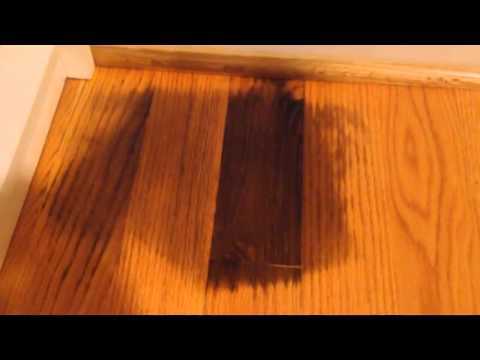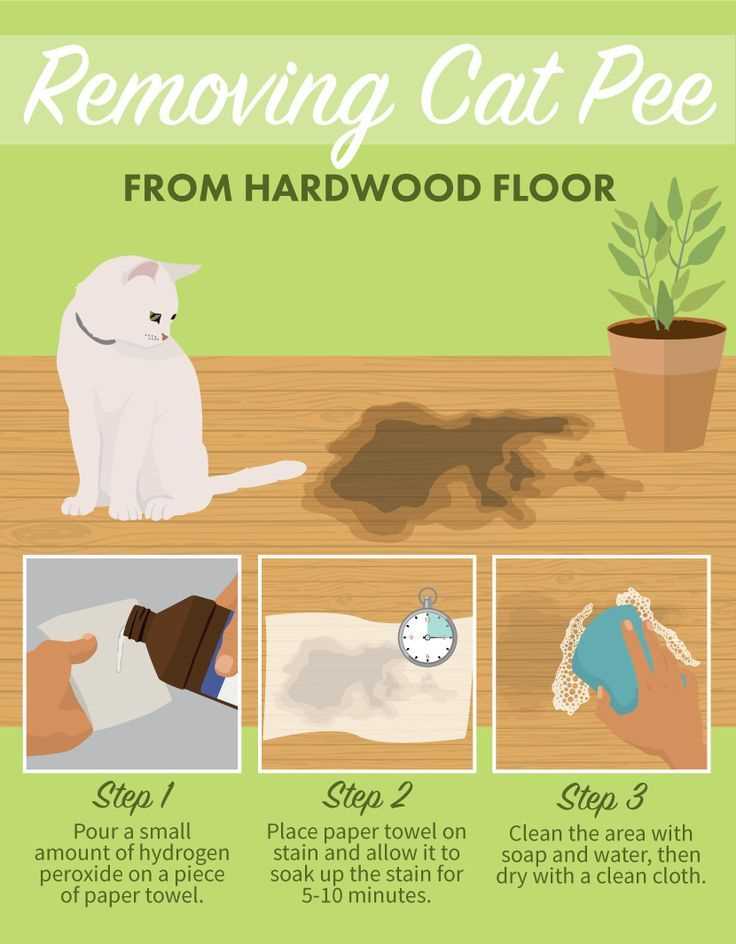

If you notice an unpleasant scent lingering on your beloved wood surfaces, act quickly to address it. Begin by mixing equal parts of white vinegar and water in a spray bottle. Lightly mist the affected area, ensuring not to saturate the wood. Allow the solution to sit for a few minutes before gently wiping it away with a clean cloth.
Next, create a solution with baking soda and water to further neutralize any remaining odors. Sprinkle a generous amount of baking soda over the area, let it sit for several hours or overnight, and then vacuum it up. This will help absorb any stubborn traces.
For persistent issues, consider using enzymatic cleaners designed specifically for organic stains. Follow the manufacturer’s instructions for optimal results. These products break down the compounds causing the unpleasant aroma, restoring the natural freshness of your wooden floors.
Regular cleaning and maintenance will also help prevent future occurrences. Incorporate these methods into your routine to keep your space smelling delightful and welcoming.
Eliminating Odor from Wooden Surfaces
Pour a mixture of equal parts white vinegar and water onto the affected area. Let it sit for several minutes to neutralize the odor. Blot the area with a clean cloth to absorb the solution and the scent.
Next, sprinkle baking soda generously over the damp spot. This natural deodorizer absorbs lingering odors effectively. Leave it for a few hours or overnight before vacuuming it up.
For persistent issues, consider using an enzymatic cleaner specifically designed to break down organic compounds. Apply it according to the instructions, ensuring it penetrates the surface for optimal results.
Finally, ventilate the space by opening windows or using fans. Fresh air circulation aids in dissipating any remaining scent, leaving the area smelling clean.
Identify the Source of the Odor
Check corners, baseboards, and furniture legs. These spots often absorb liquids and can hide unpleasant odors. Use your nose; if you detect a lingering scent, that’s likely the trouble area. Consider using a black light in a darkened room to spot any overlooked stains that might be contributing to the issue.
Pay attention to areas where my litter box is located, or where I like to lounge. I sometimes miss the litter box, or a nearby spot may have caught a little accident. My favorite napping place might also need investigation.
Once you identify the sources, mark them for focused cleaning. It’s best to address each area directly to ensure all traces are gone, creating a fresh environment for both of us.
Gather Necessary Cleaning Supplies

I recommend having a few key items ready before tackling any odor situation. First, grab some white vinegar–it’s a natural deodorizer that works wonders. Baking soda is another must-have; it absorbs unpleasant odors effectively. You’ll also need a spray bottle for mixing solutions and applying them easily. A soft cloth or mop will help in the cleaning process without damaging the surface.
Consider using an enzymatic cleaner designed specifically for eliminating stubborn odors. These products contain enzymes that break down the source of the issue. Make sure to check the label for compatibility with your flooring. Lastly, having rubber gloves on hand can keep your paws clean while you work.
Clean the Affected Area with Enzymatic Cleaners

For tackling those stubborn odors, I recommend using enzymatic cleaners specifically designed for this purpose. These products contain natural enzymes that break down organic materials, effectively neutralizing the unpleasant scent. Apply the cleaner generously to the area, ensuring it penetrates the surface. Follow the manufacturer’s instructions on dwell time for maximum efficiency.
After allowing the cleaner to sit, blot the area with a clean cloth to absorb excess moisture. Avoid scrubbing, as this may damage the finish of the wood. Rinse with water if the instructions suggest it, and then let the area air dry completely.
It’s also wise to consider preventive measures, like using flea powder for cats to minimize unwanted visits. Keeping your space clean and fresh can help avoid further incidents.
Use Baking Soda and Vinegar for Residual Odors
Combine one cup of vinegar with one cup of water in a spray bottle. Lightly mist the affected area; avoid soaking the wood. Let it sit for a few minutes to neutralize lingering scents.
Next, sprinkle a generous amount of baking soda over the damp area. This ingredient absorbs unwanted odors effectively. Allow it to sit for several hours, or ideally overnight, to maximize its absorption capabilities.
After sufficient time has passed, vacuum the baking soda using a soft brush attachment to prevent scratches. Ensure no residue remains to maintain the floor’s appearance.
For stubborn scents, repeat the vinegar and baking soda process until the area is fresh again. Regular maintenance can help keep your space smelling great. If you’re also curious about outdoor equipment, check out this link: are electric lawn mowers waterproof.
Prevent Future Accidents and Odors
Keep my litter box clean and fresh. Regular scooping makes it more inviting, reducing the chances of accidents. I prefer a tidy space to do my business!
Choose the right litter. Some types are more appealing than others. Experiment with different options to find what I like best. Clumping or crystal varieties might work wonders!
Establish a Routine
Stick to a schedule for feeding and bathroom breaks. Cats thrive on consistency, and knowing when to expect meals and litter access can help avoid unwanted surprises.
Positive Reinforcement
Encourage good habits by rewarding me with treats or affection when I use the litter box properly. This makes me feel good and reinforces positive behavior.
Consider placing additional litter boxes around the house, especially in multi-level homes or areas where I spend a lot of time. This gives me options and reduces the likelihood of accidents.
Finally, if any changes in my behavior occur, consult a vet. Sometimes, underlying health issues can lead to improper behavior, and early intervention is key.









